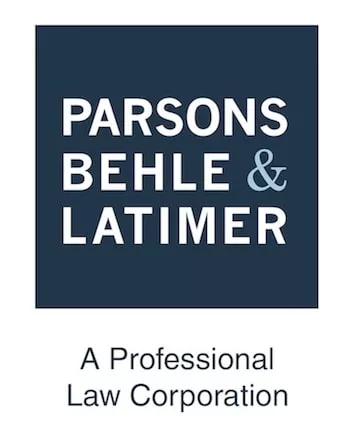Earlier this year, the United States Patent and Trademark Office (USPTO) issued guidance for Artificial Intelligence- (AI) assisted inventions and on the use of AI-based tools in patent and trademark applications. In short, humans must remain involved in both inventing and filing applications.
In February, the USPTO guidelines (available at 89 FR 10043) on AI-Assisted inventions were provided as follows:
- Inventorship is limited to a natural person(s) (i.e., a human). AI cannot be an inventor or a joint-inventor. (See Thaler v. Vidal 46 F.4th 1207 (Fed. Cir. 2022) cert denied, 143 Sc. Ct. 1783 (2023).
- AI can assist in the invention process, but a human must significantly contribute to the invention. Significant contribution is evaluated on whether the human inventor:
(1) contributed in some significant manner to the conception or reduction to practice of the invention
(2) made a contribution to the claimed invention that is not insignificant in quality, when that contribution is measured against the dimension of the full invention
(3) did more than merely explain to any other inventors well-known concepts and/or the current state of the art. (See Pannu v. Iolab Corp., 155 F.3d 1344 (Fed. Cir. 1998)
The USPTO guidelines emphasize there is no bright line rule on AI-Assisted inventions but does provide some examples where use of AI does or does not rise to the level of invention:
- A human merely presenting a problem to an AI system is not a proper inventor of an invention identified by the output of the AI system.
- A human who merely recognizes and appreciates the output of an AI system as an invention is not necessarily an inventor. However, a human who takes the output of an AI system and makes a significant contribution to the output may be a proper inventor.
- A human who designs, builds, or trains an AI system in view of a particular problem to elicit a particular solution could be an inventor.
- A human overseeing or owning an AI system that is used in the creation of an invention is not an inventor.
In April, the USPTO issued guidance (available at 89 FR 25609) on using AI-tools to assist with preparing, filing and prosecuting patent and trademark applications. Again, there is no prohibition against using AI-based tools (the USPTO patent examiners already use AI-tools for prior art searching). Existing USPTO rules and policies already apply broadly enough to cover the use of AI-tools.
For example, in patent proceedings, individuals owe the USPTO a duty of candor and good faith (as provided in 37 CFR 1.56). Thus, if AI-tools are used in bad faith, such as improperly attributing AI output as human inventorship, any subsequent patent would be invalid.
Further, the USPTO requires all patent correspondence to be signed by the human submitting it or have a signature electronically entered by the human submitter in the acceptable electronic format of: \signature\ (as provided in 37 CFR 11.18(a); 37 CFR 1.33(b); and 37 CFR 42.6(a)(4)). Even if generative AI-tools are used to prepare applications, responses to Office Actions, etc., the signature requirement obligates the submitter to verify that the content of the submission is true and accurate. Notorious cases of citations to non-existent case law or similar bogus claims should not occur due to the requirement to reasonably verify before signing. Similarly, the same signature requirements apply to trademark applications. AI-generated examples of specimens that do not show actual use in commerce are prohibited.
Existing USPTO rules and policies also require information related to the representation of a client to remain confidential (37 CFR 11.106(a)). Care should be exercised when submitting client information into AI-tools to prevent inadvertent or unauthorized disclosure to the owners of the AI-tool or others.
As with any emerging technology, questions and novel issues will arise as AI-tools become more prevalent. Parsons' intellectual property attorneys are well versed in the changes and ready to help counsel you on best practices.
The content of this article is intended to provide a general guide to the subject matter. Specialist advice should be sought about your specific circumstances.


